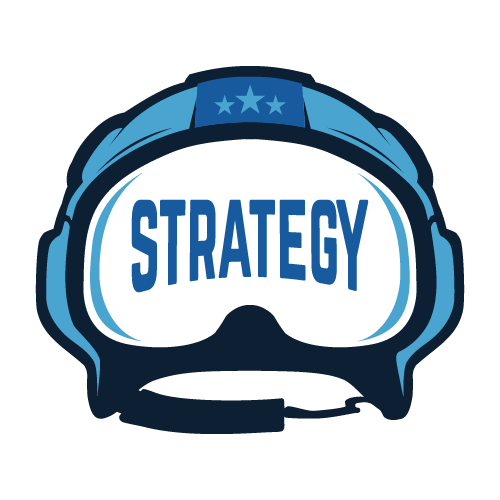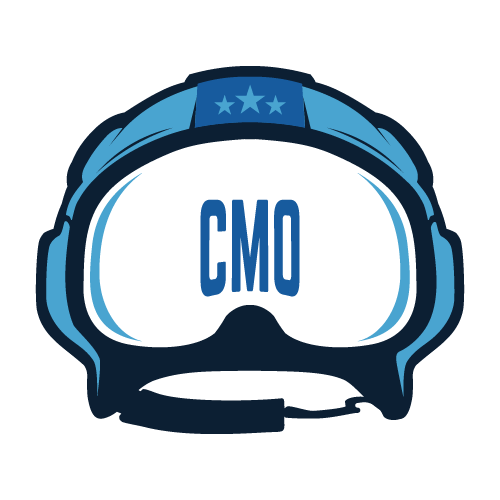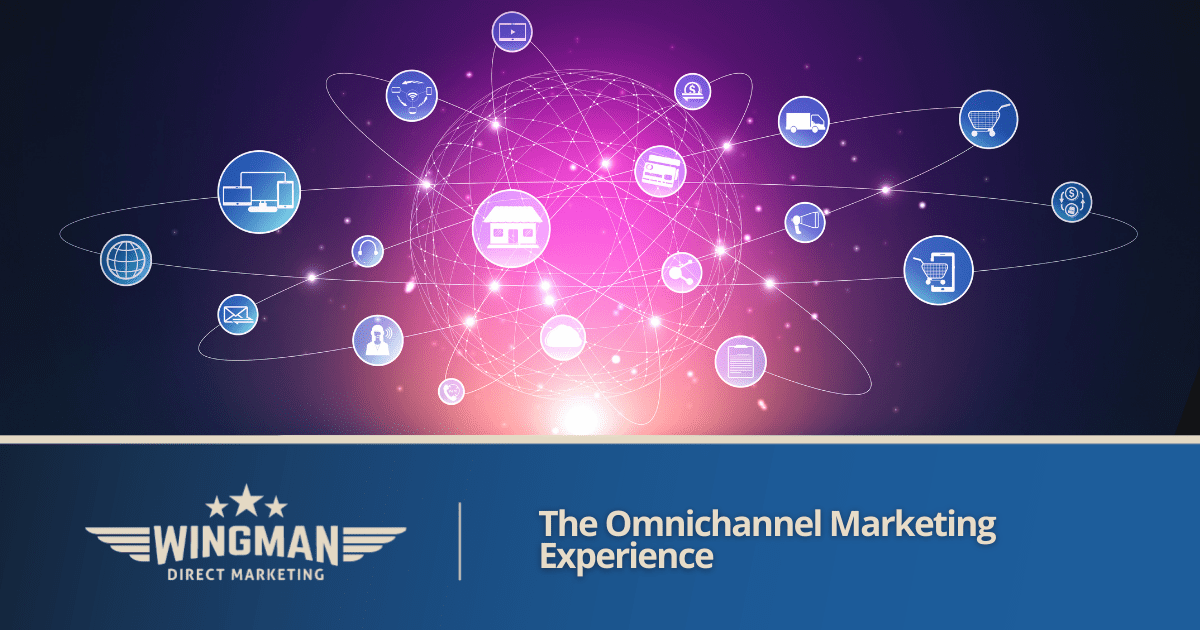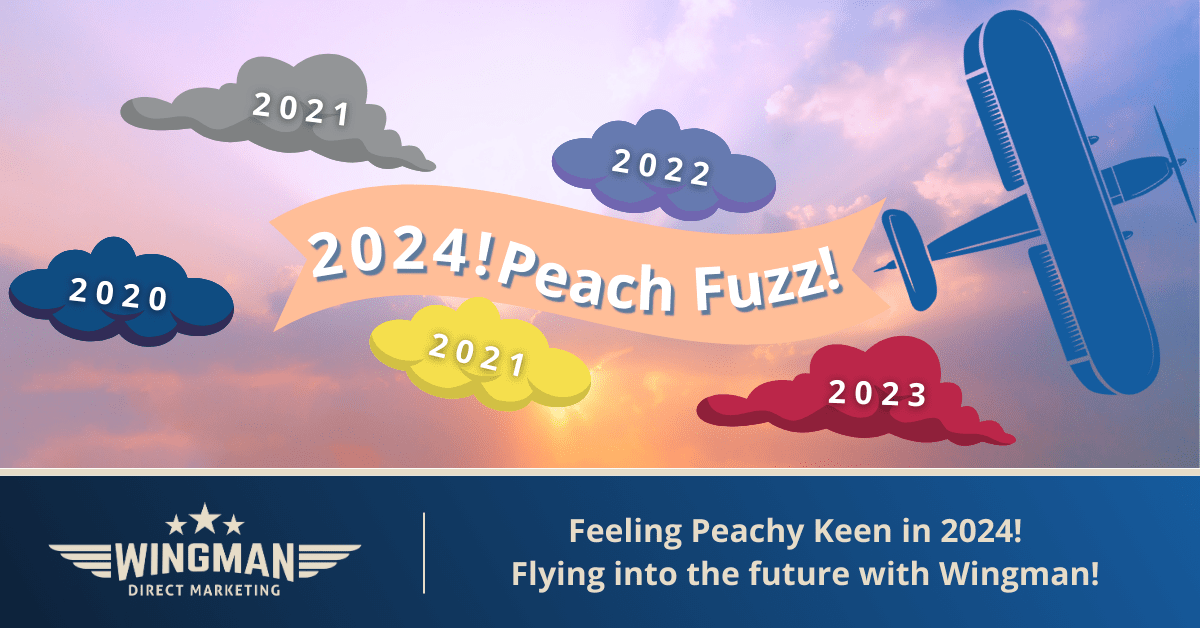The Benefits of Driving a Seamless Customer Journey
First, what is Omnichannel Marketing? What makes these brands like Coke, McDonald’s and Ford so successful? They practice omnichannel marketing—marketing that looks to supply a seamless buyer experience, regardless of channel or device.
From a consumer perspective, the most successful brands are those that can seamlessly weave themselves into their buyers’ lives. While not distracting or easily detectable, these brands are always present. They don’t scream for attention, but they don’t wait on the sidelines, either. To be successful today, brands need to look beyond disconnected vendors, departments, and strategies to give buyers a continuous experience.
Below, we will:
- Examine the benefits of an omnichannel marketing strategy.
- Discuss how to organize your team and marketing activities to engage on every channel.
- Explore what it takes to become a brand that’s a natural extension of your buyers’ lives.
Benefits of Structuring Your Organization for Omnichannel Marketing
Marketing organizations are not all built the same. Many are unable to listen and respond to individual buyers quickly. Buyers increasingly expect immediate, personalized communications, yet marketing organizations still connect with customers in silos, lacking any real process to quickly communicate or jump into action. For example, organizations may have people dedicated to specific marketing channels such as mobile, paid advertising, or email. These teams need to work together to create well-timed customer engagements that culminate in a cohesive, end-to-end experience.
It’s important when you practice omnichannel marketing to structure your organization in a way that allows the flow of information.
This may mean adapting your organizational structure to the distinct stages of the buyer lifecycle. By organizing your team around the buyer, the functions that listen and respond are synchronized and able to deliver a seamless experience across all channels consistent with the actual buyer experience. That way, conversations stay fluid as your buyer moves from one lifecycle stage to the next.
For example, if your organization is structured around the buyer lifecycle, the acquisition group coordinates all messages in hopes of getting a new buyer. Later, the retention and loyalty groups coordinate messages that drive value and interest after the first sale—with the goal of leading buyers to their next purchase or interaction.
Restructuring your team around the buyer lifecycle
This may mean that separate teams handle:
- Awareness/acquisition. These team members focus on activities that build awareness and drive buyers toward acquisition.
- Engagement/consideration/action. These team members focus on activities and content that fuel buyer engagement, accelerating the consideration and purchase of a product.
- Satisfaction/retention. These team members focus on driving satisfaction and retention amongst your existing customers. Their work is geared toward supplying added value to the buyer when they are not in a purchase cycle.
- Advocacy. These team members focus on ways to encourage and reward your best buyers for brand advocacy and referrals.
As you structure your organization to strategically run omnichannel marketing, it’s important to understand the objectives of the various roles. Create distinctively different goals and success metrics for Leaders versus front-line practitioners. The role of a marketing leader is to have a big picture view of strategy. This person looks at the holistic buyer experience and ensures that the organization is delivering on that vision. Whereas practitioners typically own specific channels. Practitioners actively work together to focus on the activities to support the buyer lifecycle, rather than a myopic, singular channel view.
Meet the Buyers where they are
Meet buyer touchpoints with your company throughout their journey. It’s marketing’s job to ensure that each interaction has a positive and cumulative impact. Your brand should appear on every channel the buyer frequents—across his favorite online channels, on all his devices, and offline—creating a holistic and seamless experience.
Create diverse, connected messaging
To practice omnichannel marketing well means using every channel your buyers are on. Don’t pour all your money into one outlet. Omnichannel marketing requires using diverse channels and messages that reinforce and support each other without sending the exact same message. Creating messages that consider the channel, and the activity of the buyer on that channel, is the most effective way to practice omnichannel marketing.
Coordinate your channels
Consistently offering personal, relevant value in real time is what buyers want and expect. With all the possible buyer touchpoints, it can be overwhelming to connect them all. So, start small. As you initiate omnichannel marketing strategies in your organization, you don’t need to, and probably shouldn’t, do everything at once. Simply tying two channels together will begin your ideal buyer experience. Then as you get more advanced, find areas for improvement and form some best practices in your organization. From there, you can expand.
Tying channels together
A buyer visits your website and receives a digital cookie. She browses across a few pages and adds something to her cart before leaving your site. She then navigates to Facebook where she skims her News Feed. If your website and social channels are tied together, you can serve her a remarketing ad. This will show her the item she left in her cart, prompting her to complete the purchase.
If your email channel is tied to your website and social channels, you can use that data to send her an email offering a limited time-only coupon for purchase, driving her back to your website to complete the transaction.
Omnichannel Marketing in Action
Coordinating messages across email and ads makes both channels perform better. It’s beneficial for web and email as well as mobile and email. Coordinating your marketing activities across channels helps make each channel more successful because it’s more supported, reinforced, and relatable. Omnichannel marketing helps brands do just that.
Truly coordinated omnichannel marketing requires most marketers to shift their thinking. It requires a shift in marketing tactics and a shift in budgets. One of the greatest opportunities for omnichannel ROI is in getting more out of your existing buyers—whether that’s more purchases, more attention, or more advocacy.
Most marketing organizations spend the wealth of their time, energy, and budget on getting new buyers, but not enough on engaging existing ones. Marketing activities across channels can’t stop at acquisition; they must go on to support the buyer in his journey across the entire lifecycle. Strategic marketers looking to further drive buyer engagement will look at their omnichannel marketing activities and see how they can support each other.
Conclusion
So, there you have it. Marketers now need to supply a seamless experience, regardless of channel or device. People can now engage with a company in a physical store, on an online website or mobile app, through a catalog, or social media. They can access products and services by calling a company on the phone, by using an app on their smartphone, or with a tablet, laptop, or desktop computer.
Each touchpoint of the buyer’s experience should be consistent and complementary. By understanding the importance of an omnichannel marketing strategy and having the tools to create a solid foundation, your marketing team can build a buyer experience that complements their journey.
If you need a hand, remember that Wingman Direct Marketing can help you take the next step toward impactful omnichannel marketing strategy and execution. If you want a Wingman to help you out, we are only one contact away. Book a Wingman today. You don’t have to fly solo.










